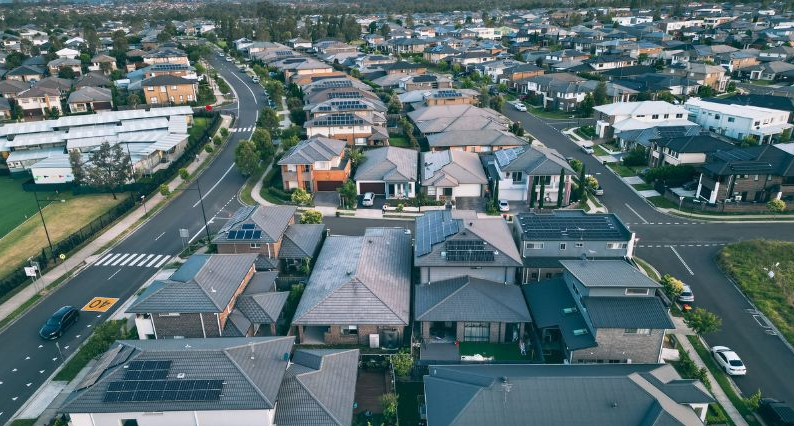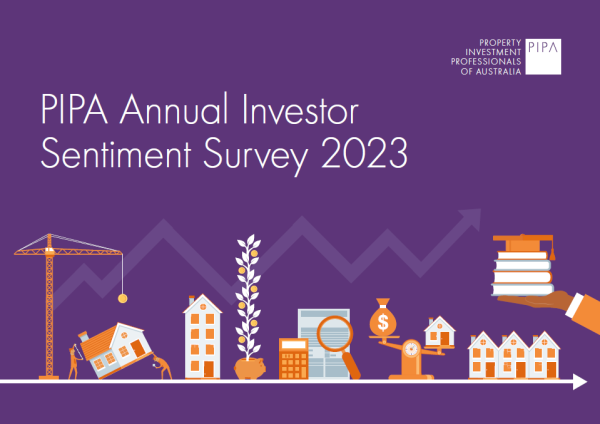The 2 sides to a rent freeze
Aug 2022Karen Millers
Categories
Location ReportsMedia releasesNational market updatesPersonal advisersPIPA AdviserPIPA Annual Investor Sentiment SurveysPIPA Member ProfilesPIPA video updatesPIPA webinarsPodcastsProperty advisersProperty newsLatest Articles
Jordan van den Berg: The ‘Robin Hood’ TikToker taking on Australian landlords
Victorian property investors face yet another new property tax as council tests levy
Rentvesting in Australia: A deep dive
‘More chance of winning lotto’ than housing targets being met
Since last week’s revelation that the Australian Greens would be pushing for Parliament to introduce a two-year rent freeze, industry players and academics alike have considered the validity and viability of such a proposal.
REB reported on the call from Greens MP Max Chandler-Mather for the federal government to “intervene to coordinate an emergency nationwide response to the housing crisis that includes a rent freeze”.
The Real Estate Institute of Australia (REIA) came out early to criticise the prospect, despite acknowledging the “well-intentioned” nature of the plan, with president Hayden Groves calling such as idea “far-fetched and unrealistic”.
Prime Minister Anthony Albanese said no proposal had been tabled with the government, before adding that it wasn’t clear to him how such a plan could be achieved “short of nationalising property”.
While these sentiments show that such an action is unlikely to take place in the foreseeable future, it has ignited a debate on the merits of rental increase regulation, which according to UNSW City Futures Research Centre senior research fellow Dr Chris Martin wouldn’t be such a bad idea.
“Proper rent control hasn’t been discussed for a while in Australia, but it’s something that should be on the research and policy agenda,” he expressed
He said the real impact of today’s rental crisis is being felt by low-income households — and while acknowledging that a supply response is required, “it just can’t come fast enough”.
“In the meantime, it’s causing pain to households, many of whom are already in rental stress, and it can displace them from the communities they want to be in or have been in for a long time,” Dr Martin conceded.
At present, tenancy laws regulate the frequency of rent increases to no more than once every six or 12 months — but that is dependent on the jurisdiction.
According to the research expert, Australia has “very light regulation of rents during tenancies, in terms of frequency of increases and ‘excessive to market’ provisions, and there’s no regulation of rents at the beginning of tenancies at all. It’s just whatever the market will bear.”
He believes that greater use of rent regulation could be one way to relieve rental pressure — and capping rental increases could be one way of going about it.
From his point of view, housing is often treated as a means to grow wealth rather than a fundamental need.
But, he argues that “there’s no reason housing shouldn’t be considered, and regulated, like many other essential goods or services are”.
“There should be regulation of rents in principle because everyone needs housing, and the consequences of not having it are dire,” Dr Martin said.
He said further regulation of rent prices “would help ease a significant cost of living pressure for households”.
“It would better enable renters to stay in their homes through more affordable pricing, while preventing landlords from taking windfall gains at their expense.
“Rents are increasing but not the quality or output of the housing service. This is the problem with property investment: it promises that you can make a lot of money doing absolutely nothing,” Dr Martin said. “A landlord just happens to have acquired property in a place that has become more desirable. In almost all cases, the dwelling quality is declining while they make more gains.”
He sees the potential for rental regulation to be “pro-housing development”.
“It encourages landlords to increase land use intensity, increasing the availability of rental housing.
“If you’re the owner of land and rents are properly regulated, the way to increase your rental income would be to develop it further. So, rent regulation could be consistent with or even encourage rental housing development,” he said.
Without rental regulation, many tenants rely on rent assistance, which is paid through the social security system.
According to the research fellow, it isn’t effective because many households in need are ineligible, and the amount is insufficient to make market-level rents affordable for many.
“There are about a quarter of a million low-income renters who don’t receive rent assistance at all and are paying unaffordable rents,” he flagged.
“And for more than a third of people who do receive it, even after accounting for all their rent assistance going towards the rent, they’re still in rental stress.”
Industry groups aren’t so sure of the idea.
According to the Property Investment Professionals of Australia (PIPA) and the Property Investors Council of Australia (PICA), the Greens policy, if implemented in Queensland, would do nothing but increase levels of homelessness.
They’ve released a statement arguing that the two-year freeze proposal “fundamentally fails to understand average rental growth over the past decade and will increase homelessness as even more investors leave the market”.
Citing recent PICA and Peter Koulizos research, they highlighted that rents have only grown at half the rate of inflation across the nation for the past decade.
With concerns already in place that changes to land tax structures will drive Queensland investors out of the market, PIPA chair Nicola McDougall said: “There is no question that is policy will see even more investors leave the Queensland market and cause an increase in homelessness because the rental market is already severely undersupplied.”
According to PICA chair Ben Kingsley, the claims currently being made by the Greens are misleading — designed to be political posturing.
“The Queensland Greens are misleading Queenslanders with claims of tens of thousands of vacant properties being available for rent,” Mr Kingsley said.
Continuing, Mr Kingsley said private owners have a right to determine the private use of these properties.
“Rather than rental freezes, maybe the Queensland government should be providing a financial incentive for them to be added to the rental pool?” he probed.
“Instead, the state government is increasing the red tape and costs to adhere to their minimum standard reforms announced, with more coming into play come 1 October this year — not to mention their new ‘Renters Tax’ in the form of the higher land tax rates they are introducing next year.”
In conclusion, the PICA chair said: “All this policy will do is make tenants pay higher rents with governments also needing to spend more to cover the shortfall they have created in the first place. And when governments spend more — everyone pays higher taxes.”
Originally Published: Grace Osmsby | realestatebusiness.com.au | 30 August 2022
https://www.realestatebusiness.com.au/property-management/24192-the-2-sides-to-a-rent-freeze




